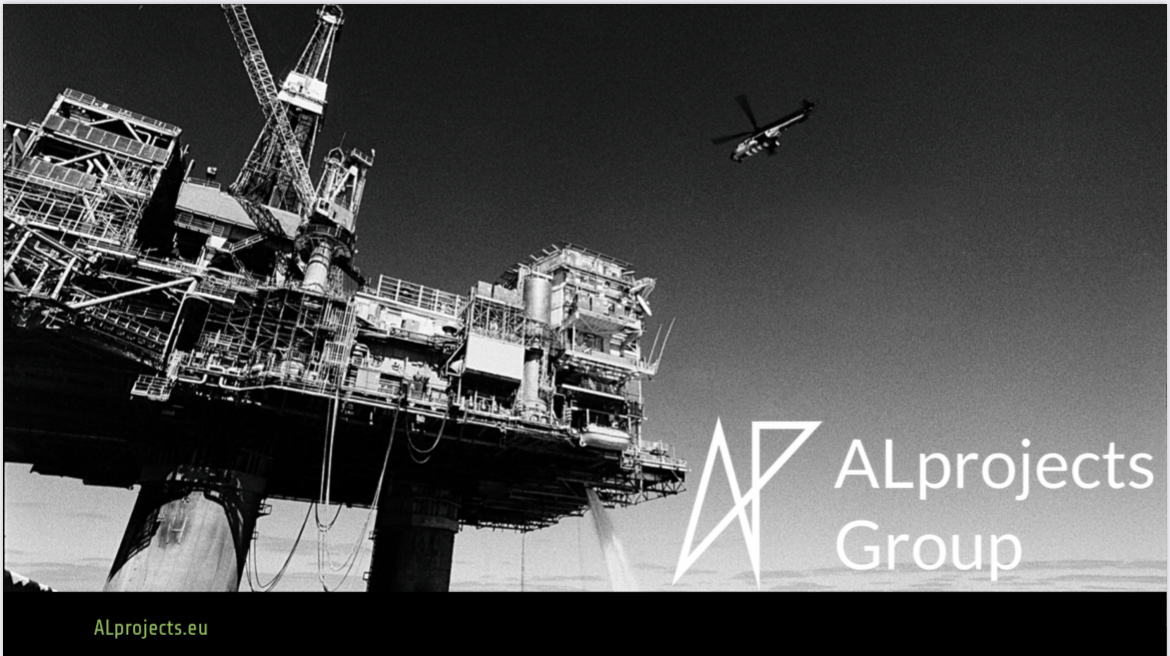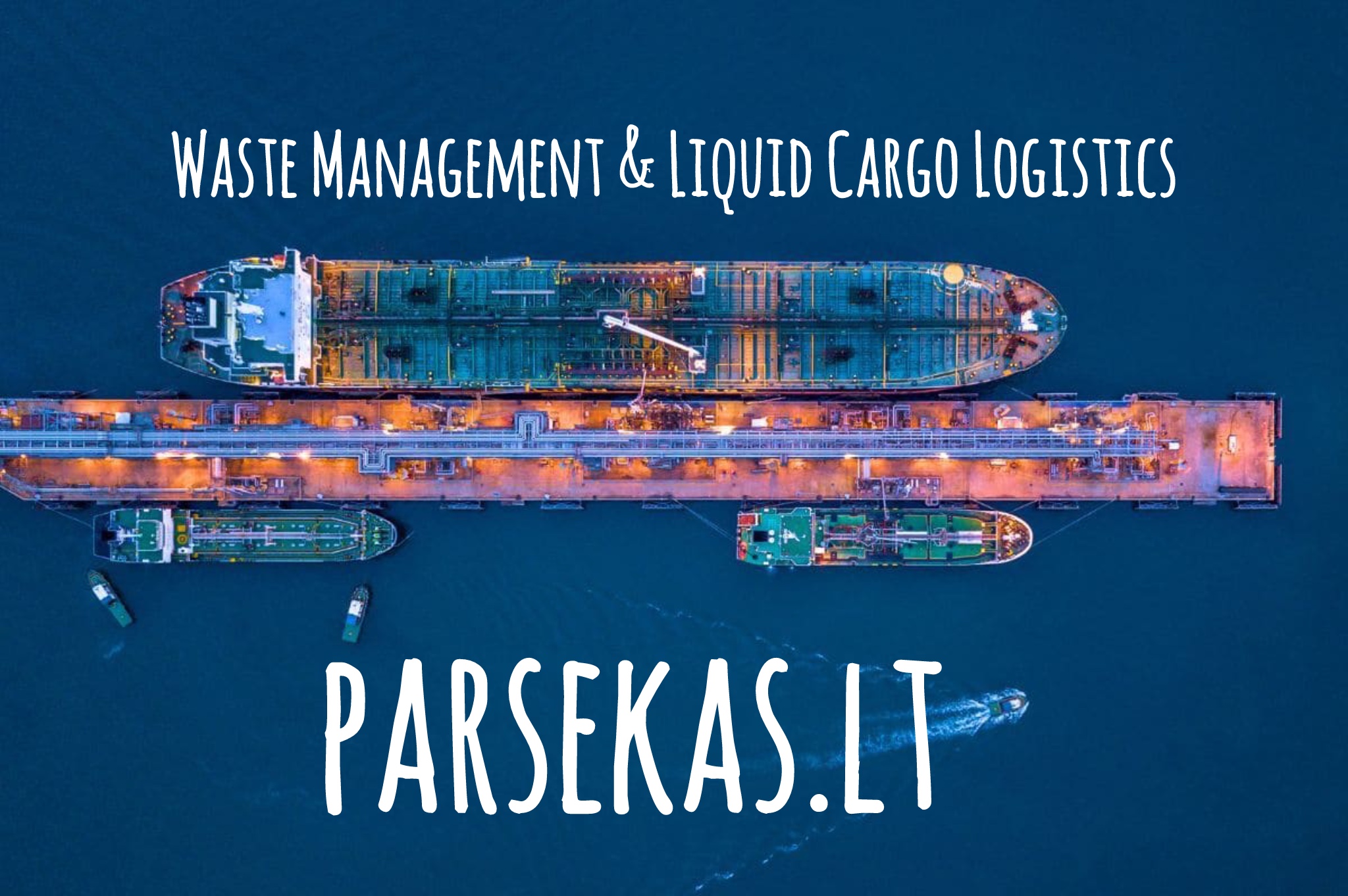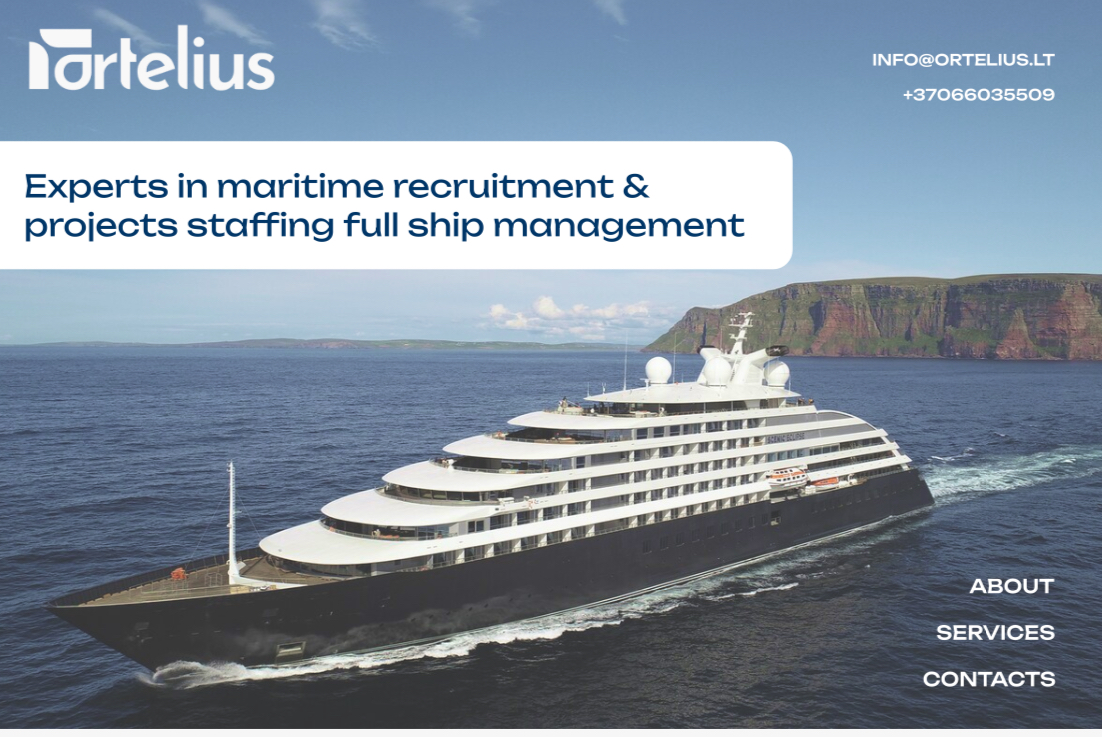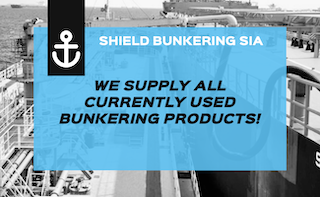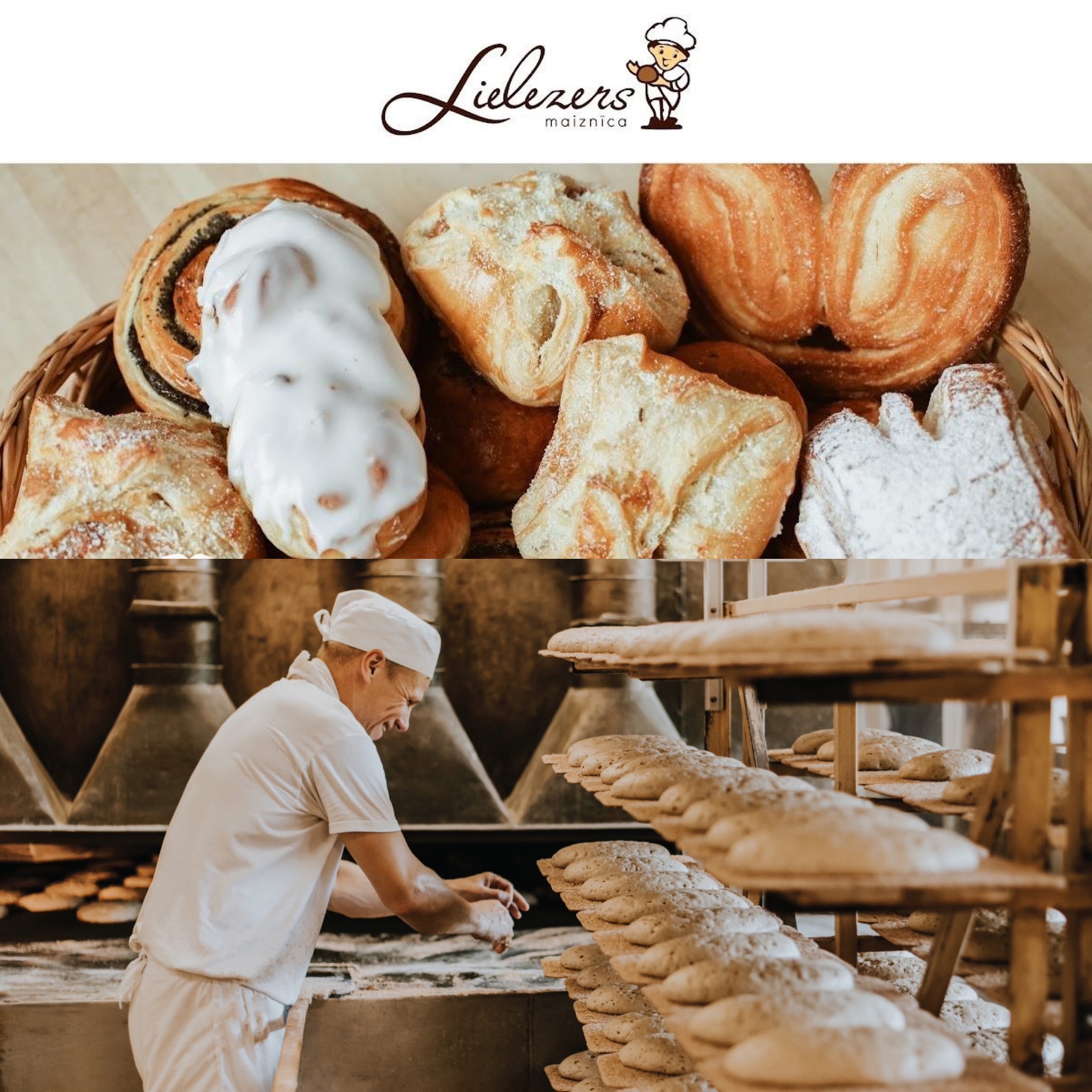From its crisp fruit and vegetables to its boutique dairy products, fresh seafood and award-winning cool-climate wines, Tasmania has some of the most sought-after produce in the country.
But good luck getting it for a reasonable price outside of the Apple Isle, or finding it at all.
Built into every item shipped across Bass Strait is an additional cost to cover the freight, and that’s generally either paid by the producer at one end, or by the customer at the other.
That cost can be hefty.
Take this simple platter of cheese, wine and apple slices.
Critics say the Freight Equalisation Scheme hasn’t been doing its job for a while. (ABC News: Ebony ten Broeke)
If a Melbourne restaurant purchased these ingredients from suppliers in Western Victoria and the Coonawarra, about 420 kilometres away, roughly 10 per cent of that purchase cost would cover the road freight.
If that same customer bought those ingredients from Tasmanian suppliers near Devonport, about 420 kilometres in the other direction, that freight could be six times more expensive.
And that range of cheese wouldn’t even be a viable option, unless the restaurant was willing to buy a ridiculously small or a ridiculously large amount.
It may be reasonable to expect goods boated across an ocean to cost a bit more, but thanks to a national subsidy scheme set up last century, they’re not supposed to.
Critics say the scheme hasn’t been doing its job for a while.
Andrew Smith says the cost to freight from Tasmania makes it “incredibly difficult to compete in a market”. (ABC Rural : David Barnott-Clement)
Eye-watering costs on the Apple Isle
Australia’s biggest organic apple grower can vouch for that.
Andrew Smith is the managing director of R&R Smith in the Huon Valley and spends $2 million a year sending six semi-trailers of apples a week to Victoria to distribute to supermarkets around the country.
That works out to be roughly $1 a kilo in freight.
Mr Smith is grateful the industry has access to a federally funded subsidy, but admits it hasn’t kept pace with rising costs associated with growing the crop.
Andrew Smith says increased costs are the “tax that you pay to live in one of the most isolated parts of the world”. (ABC Rural: Laurissa Smith)
“I’ve often said that an equivalent grower in Victoria, just servicing Melbourne and Sydney would be a million dollars, more than a million dollars better off than us just on freight alone,” Mr Smith said.
“So we’re effectively 70 cents a kilo worse off on every kilo of product that we sell.
“That makes it incredibly difficult to compete in a market that is, by its very nature, very, very competitive.
“That is the tax that you pay to live in one of the most isolated parts of the world.”
Family-owned dairy company Ashgrove Cheese makes sought-after boutique products in Tasmania, but it’s tricky to get them over the water at a reasonable price. (Supplied: Ashgrove Cheese)
In the state’s north, less than half an hour from the Port of Devonport, Ashgrove Cheese makes boutique products destined for supermarket shelves across the country.
According to logistics manager Corey Harris, the family-owned company would like to target a high-end market with more of its luxury cheeses, but exorbitant shipping and handling costs have made that nearly impossible.
Ashgrove logistics manager Corey Harris (left) says the Tasmanian Freight Equalisation Scheme is not serving modern businesses. (Supplied: Corey Harris)
He said the minimum cost of shipping half a pallet of cheese across the water was $247, partly due to the complexity of transporting cold-chain compliant items.
“You’d have to buy $2000 of cheese to make it worth it,” Mr Harris said.
Tasmanian wine costs 35-70 per cent more to post across the country, says Wine Tasmania’s Sheralee Davis. (ABC News: Luke Bowden)
It’s a similar story in the wine industry.
Wine Tasmania chief executive officer Sheralee Davis said wine producers in the state were paying between 35-70 per cent more to ship cases around the country, depending on the location.
For example, a case posted to South Australia from Tasmania costs an extra $14, or $1.15 per bottle, compared to posting it a similar distance on the mainland.
That’s according to Wine Tasmania research, based on Australia Post prices.
But the numbers shouldn’t be substantially different.
Making a highway out of a moat
In the 1970s, the Whitlam Labor government introduced the Tasmanian Freight Equalisation Scheme.
It provides financial assistance to those who have no option but to ship goods across Bass Strait.
Independent economist Saul Eslake said it was initially set up in recognition that the island state of Tasmania had been disadvantaged, not only by its physical separation from the mainland, but by successive government policies that favoured the national shipping industry.
Economist Saul Eslake says the government has few options left, particularly with the state’s deteriorating finances. (ABC News: Owain Stia-James)
It was designed to ensure the cost of transporting goods between Tasmania and the mainland was the same as moving similar products on land.
“Very few people question the fact every year the Commonwealth government allocates tens of millions of dollars to the maintenance and upgrading of the national highway network,” Mr Eslake argued.
“That’s not considered a subsidy to businesses in Western Australia, Queensland, South Australia, New South Wales, or Victoria or the Northern Territory, but somehow doing something that provides the equivalent to Tasmania is considered by people in mainland states as a subsidy.”
But that same scheme has been slammed in recent weeks under the scrutiny of a senate select committee inquiry.
Tasmanian goods are expensive, and not just because they are gourmet quality. (ABC News: Ebony ten Broeke)
The ‘most expensive body of water in the world’
The committee, chaired by independent Senator for Tasmania Tammy Tyrrell, Labor Senator for Tasmania Anne Urquhart and Liberal Senator for Tasmania Richard Colbeck, held three public hearings over October and November.
Farmers, foresters, transporters, bureaucrats, politicians, public servants and small business owners spanning the political spectrum gave evidence.
Almost all agreed the scheme was clunky, cumbersome, and plagued by structural issues.
“Since the scheme was introduced in the 70s, the level of support versus the actual costs of shipping have drifted further and further apart,” TasFarmers chief executive officer Nathan Calman told the committee at a November hearing.
He said farmers were calling for the scheme to be annually adjusted to keep up with the soaring cost of shipping, and streamlined to make it easier to claim costs back on goods.
Senator Tyrrell agreed that it was “time for this scheme to get a makeover”.
The committee’s report is expected to be released on December 20, 2024.





